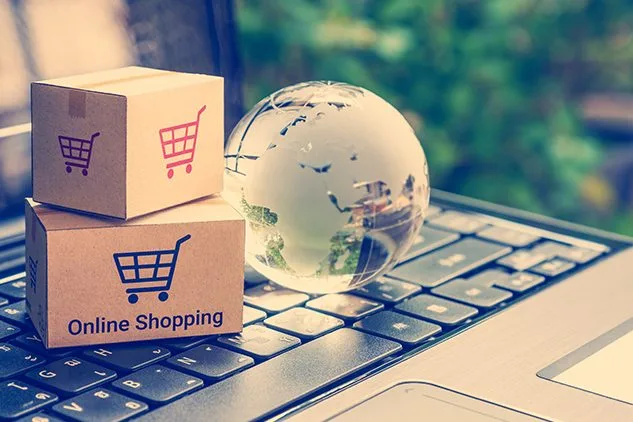More Than Logistics, 3PL’s Play a Huge Role in Planning
We’ll unpack the strategic role of third-party logistics in supply chain management.
When we talk about third-party logistics (3PLs), we often focus on its role in executing logistics operations. We highlight the additional capacity to house inventory. And we stress the providers’ ability to pack, pick, and ship orders seamlessly for retailers.
However, there’s another side of third-party logistics that’s equally valuable to its partnership with retail and eCommerce.
In this post, we’ll get into the specifics of 3PL logistics generally, and unpack the strategic role of third-party logistics in supply chain management. Let’s get started.
What is 3PL Logistics?
Third-party logistics (or 3PL) is an approach to retail logistics that involves a retailer or eCommerce business handing off their product sourcing, inventory management, and fulfillment operations to an outside business.
For example, a 3PL might store and ship inventory for a small eCommerce business that doesn’t have the infrastructure to do it on its own. At the same time, that same 3PL might handle order shipments for large retailers that don’t have fulfillment centers in every location they need to. In doing so, the 3PL makes it possible for both businesses to get orders to customers without added financial or operational burden.
The Role of Third-Party Logistics in Supply Chain Management
Third-party logistics providers aren’t boxed into the operations side of supply chain management, though. In fact, they spend significant amounts of time doing the same strategic work that retailers do to keep their supply chain running smoothly. This includes mapping fulfillment routes, pricing and purchasing inventory, and negotiating rates with carriers.
Let’s dig a little deeper into the strategic role of third-party logistics in supply chain management.
Supply Chain Planning
In order to move products from your suppliers to your customers, you need to have a big picture view of your supply chain. You need to know how your inventory is being transported and where it’s being housed. There needs to be a clear understanding of which carriers will move your inventory from point A to point B. The plan needs to account for peak season surges and unforeseen roadblocks too.
3PLs handle all of this in-house, making it possible to find the fastest (and most cost-effective) route to fulfill your customers’ orders.
Warehousing & Inventory Management
3PLs also manage your inventory levels across channels and locations. This means you don’t have to worry about replenishing their supply yourself or repeatedly asking the 3PL to do it as your inventory levels drop. They’ll monitor demand for your products automatically and proactively source what’s needed to match sales volume.
Shipping & Delivery Planning
On top of that, 3PLs also have their own relationships with carriers in the industry. And because they consistently offer large amounts of revenue and can personalize their quote to individual carriers, they typically hold more negotiating power than the retailers they serve.
As a result, they can get the best rate for every delivery and find a shipping lane that will get your orders to your shoppers quickly.
While the role of 3PLs is often chalked up to the physical movement of goods from suppliers to customers, there’s a lot more to them than that. From big picture logistics planning to granular product sourcing, inventory management, and delivery planning – everything retailers need to manage their supply chain is available under one roof.
